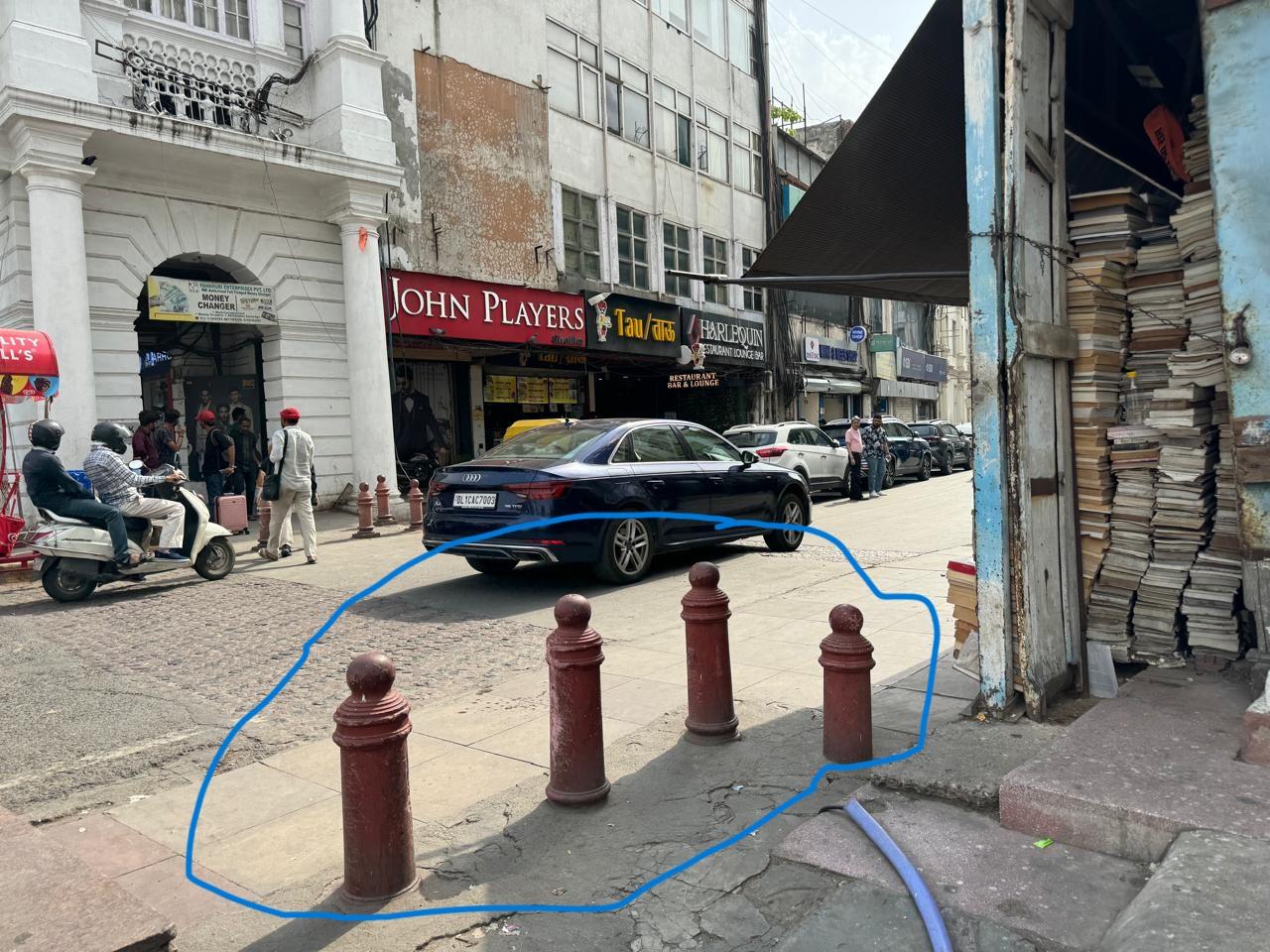
Imagine navigating the urban landscape in a wheelchair, or with a white cane in hand, where every step outside your door is a gamble—will today's city be on your side, or will it be a labyrinth of obstacles?
This is the daily reality for over 26 million Indians with disabilities, who face an urban environment that often forgets them. In the bustling streets of India's cities, a silent struggle unfolds every day. Amidst the chaos of traffic and the hum of daily life, a significant yet often overlooked population confronts formidable barriers to their mobility.
The Accessible India Campaign initiated in 2015, as part of the government's effort to make public spaces, transportation, and infrastructure more inclusive, mandates that all government initiatives, including the Smart City Mission, accommodate the needs of the disabled. This includes implementing accessible features in public and private buildings, workplaces, and various public utilities, as required by building laws and the Rights of Persons with Disabilities Act 2016. Yet, as the blueprint for inclusivity unfolds, the pivotal question remains: Are these mandated changes paving the way to real-world accessibility, or are they merely steps on paper?
Accessibility challenges in Indian cities
Bengaluru serves as a poignant case study. Despite being under the spotlight for the Smart City Mission, the city's developments in accessibility are insufficient. The city's sidewalks are frequently obstructed by parked vehicles and encroachments, making navigation difficult for wheelchair users and people with mobility impairments. Missing ramps and uneven surfaces are common, complicating access to many areas.
In the bustling heart of Delhi, a tale of two cities unfolds within its public transportation system. On one side, the metro stands as a paragon of accessibility, its platforms and trains a seamless gateway for all, marked by tactile pathways that guide the visually impaired and level boarding for wheelchair users. Contrast this with the city's bus system, where the journey towards inclusivity hits a roadblock—broken ramps, neglected infrastructure, and a palpable lack of awareness among staff paint a starkly different picture of accessibility. Compounding these challenges is the critical issue of last-mile coverage, where gaps in the network often leave those most in need stranded just short of their destinations.
Mumbai's local commuter train system is strained by the sheer volume of users, with more than 7.5 million people relying on it daily. The local trains are heavily overcrowded, operating at 2.6 times their capacity. This not only leads to frequent accidents but also makes it nearly impossible for disabled individuals to use the trains safely. The wide gaps between trains and platforms add to the danger, and able-bodied commuters often occupy the designated compartments for disabled passengers.
Mumbai's local commuter train system is strained by the sheer volume of users, with more than 7.5 million people relying on it daily.
If metropolitan areas, which generally have more resources and infrastructure, struggle with accessibility issues for persons with disabilities, the situation in Tier 2 and Tier 3 cities can be even more challenging. However, as Tier 2 and Tier 3 cities in India are still developing, they possess a unique opportunity to integrate inclusivity right from the foundational stages of urban planning. Unlike their metropolitan counterparts, which often retrofit solutions into existing structures, these emerging cities can design their infrastructure with accessibility as a cornerstone. By incorporating fully equipped public transportation, accessible public buildings, and well-maintained sidewalks from the outset, these cities have the potential to set new benchmarks for inclusivity.
If metropolitan areas, which generally have more resources and infrastructure, struggle with accessibility issues for persons with disabilities, the situation in Tier 2 and Tier 3 cities can be even more challenging.
The lack of accessibility not only impedes the physical movement of disabled individuals but also significantly affects their psychological well-being and social integration. The inability to use public transportation autonomously or access public buildings without assistance contributes to feelings of exclusion and dependency. For instance, at a well-known women's college in the capital, during an event aimed at discussing life in a wheelchair and social entrepreneurship, Mr Nipun Malhotra, Disability Rights Advocate and Founder of Nipman Foundation had to use a makeshift ramp to access the speaking venue. This posed a safety hazard and demonstrated how ill-equipped they were to address a fundamental accessibility need.

The need for inclusive design and sensitisation in urban planning
The issues surrounding urban mobility for persons with disabilities in India are not solely due to infrastructural inadequacies but also stem from a significant lack of sensitisation and understanding of disability needs among those who design, implement, and oversee public spaces and services. This often leads to the improper implementation of well-intended features, such as tactile flooring. Tactile paths, intended to aid visually impaired individuals, frequently fail to serve their purpose when constructed without a genuine understanding of their practical use. For example, tactile tiles that lead nowhere, abruptly end, or are placed inappropriately hinder rather than help. Bollards, while integral to urban safety and traffic control, can inadvertently hinder the mobility of wheelchair users when not properly implemented. The main issues arise from the narrow spacing between bollards, which may not accommodate the width of a wheelchair.
The issues surrounding urban mobility for persons with disabilities in India are not solely due to infrastructural inadequacies but also stem from a significant lack of sensitisation and understanding of disability needs among those who design, implement, and oversee public spaces and services.

Currently, inclusion often appears as an afterthought in urban planning, leading to the retrofitting of public spaces in ways that are seldom effective. A paradigm shift is required where inclusive design is not merely an add-on but a fundamental component of all policy-making processes related to public infrastructure and transportation systems.
Ultimately, the journey towards fully accessible cities is both a challenge and an opportunity—a call to transform ordinary spaces into inclusive realms. As we harness the power of technology and foster inclusivity at every level, we can pave the way for cities that don't just accommodate everyone but welcome them wholeheartedly. This is the future of urban accessibility: not just enabling movement, but empowering lives.
Kuhu Agarwal is a Research Intern at the Observer Research Foundation.
The views expressed above belong to the author(s). ORF research and analyses now available on Telegram! Click here to access our curated content — blogs, longforms and interviews.




 PREV
PREV

.png)
.png)